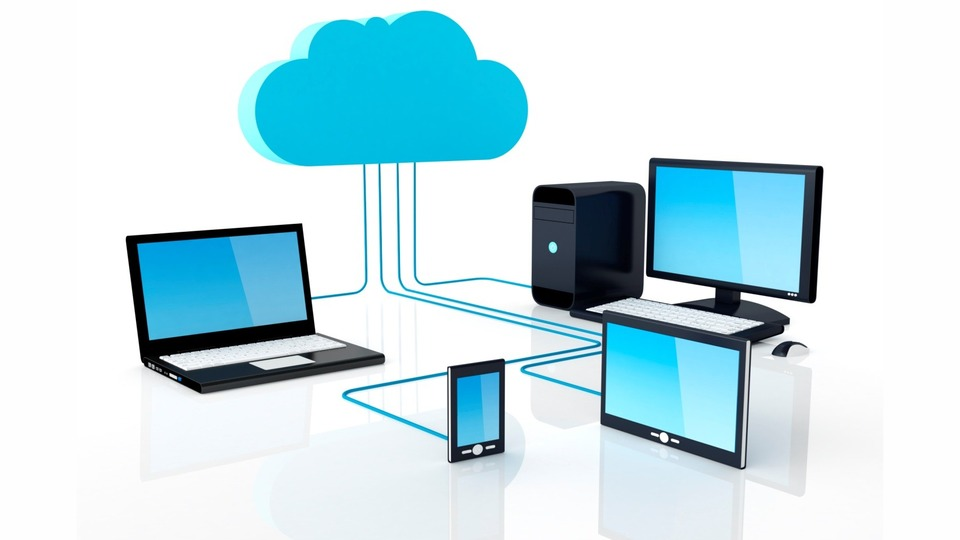By Jim Grundner.
Transformation is a concept applicable to nearly every aspect of our lives: our diet, our home, our leadership style, etc. And regardless of the application, the focus is consistently the same: moving from point A (the current state) to point B (the ideal state).
Digital transformation within businesses, however, is different. It’s an ongoing journey, evolving in ways we have never seen. Not because targets aren’t identified, but because the targets are moving – and at a rapid pace – due to business, market and societal changes. Case in point: social media. Initially it was a digitally enabled platform for people to connect. It has quickly become a critical medium for growing businesses, expanding political platforms, and driving health and safety awareness. Social media as a communication tool has been both the driver and the product of digital transformation.
Defining “digital transformation”
Before going ahead, let’s take a step back and level set on the overall concept at play. What is “digital transformation”? It is a mobile-first, cloud-enabled, agile and automated mentality. It is a nimbleness, requiring continuous innovation to integrate technology into nearly all aspects of business to achieve faster, more effective and more resilient solutions that enhance the user experience.
The current pandemic has magnified the necessity of technologies and security to enable digital operations. The ability to access all of the following from your cell phone, iPad, or home office became a necessity for many: real-time business unit P&L, the status of month-end close, medical test results, call center agent status, user acceptance findings, and the list goes on. Moreover, our business meetings, our children’s school meetings, celebratory events and medical appointments have largely converted to Zoom, Google Meet, Teams via our devices and remote networks.
The need for ever evolving digital transformation can be summed up by this expression: “The last best experience that anyone has had anywhere becomes the minimum expectations everywhere.”
From an accounting and finance perspective, the journey of digital transformation started slowly but is catching on rapidly. Organizations are realizing that by automating low value, routine transactions will allow more time to handle exceptions and analyze the business. This automation is occurring across the entire accounting and finance function from accounts payable to month and quarter close processes and beyond.
Using Agile to enable digital transformation
Therefore, an agile approach is necessary to undertaking digital transformation initiatives. Whether developing or acquiring software to enhance each customer’s online experience, or to meet the internal and external demands for real-time reporting, or to redact personally identifiable information from millions of emails, the path is a journey.
Because no ultimate point B exists, testing for effectiveness, acceptance and applicability along the way (and from the beginning) are critical to keeping pace with the speed in which requirements, expectations, desires and the competition change.
Speaking of “competition,” a digital-enabled business uses a lens much wider than its own industry as a window into its competition. Whereas taxi, limousine and car service businesses were once in their own sector, now technology companies (e.g., Uber, Lyft, Google) are key competitors. We once thought only food could be delivered; now we can order just about anything via your favorite personal assistant, Alexa via Amazon Echo.
The bottom line is that businesses that have embraced digital innovation are thriving, even in the most difficult of circumstances, while others who stayed the course are now falling behind or experiencing bankruptcy.
Whether your focus is back, mid or front office, technology and digital advancement must remain at the forefront to continue to achieve personal, team and company success. A couple key points follow:
- Ensuring a strong emphasis on human touch has never been more important. As artificial intelligence, robotic process automation and machine learning become more common, the opportunities to interact human-to-human must be seized with a high degree of empathy, patience and personalization.
- Focusing on innovation rather than invention will enable the journey. Invention is hard, creating never-before-patentable approaches takes time. Innovation though can speed it up. The key is in keeping your eyes and mind open. Be curious, as a habit. Look at every mobile app, every website, every interaction you have as a customer as a possible new way to serve your stakeholders. Don’t believe in boundaries – they no longer exist. If someone is serving you or other customers in some new and interesting way, consider how you might apply it to your situation
Digital transformation is an entire company mindset. Implications to people, process, technology, culture and security require continued focus and evaluation. The concept of “operations anywhere” (e.g., virtual workforce, remote connections to business platforms, etc.) heighten the need for hopping on the digital transformation journey. Ongoing modernization, automation and innovation are key pillars for any organization’s growth and success.
=========
Jim has 20+ years of Agile and DevOps transformation expertise. His certifications include Certified Agile Leader (CAL), Certified Scrum Professional (CSP), Certified SAFe Agilist (CSA), Certified ScrumMaster (CSM), Certified Scrum Product Owner (CSPO).
Thanks for reading CPA Practice Advisor!
Subscribe Already registered? Log In
Need more information? Read the FAQs




